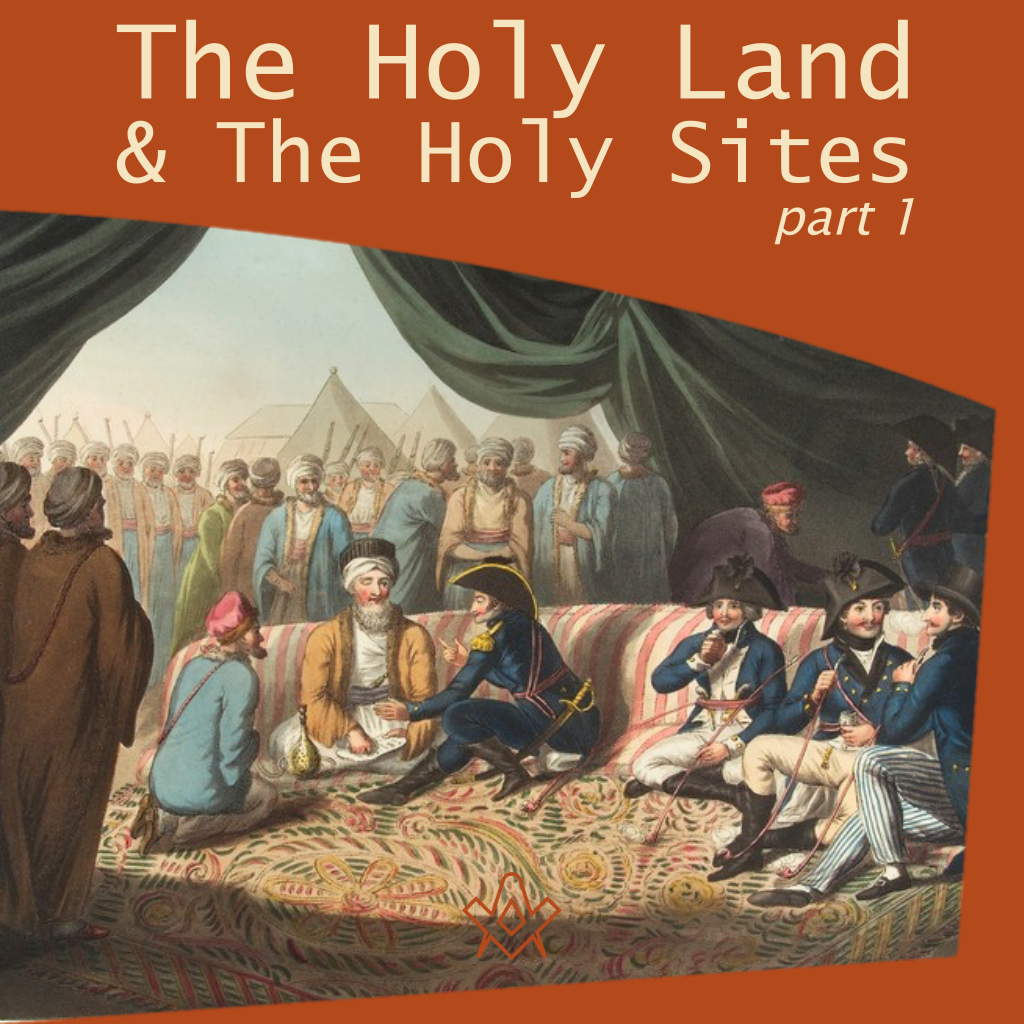The title, The Holy Land and The Holy Sites, is in tribute to the late Michael Baigent, co-author of The Holy Blood and The Holy Grail and many other books.
He was the editor of Freemasonry Today when it was, ‘The Independent Voice of Freemasonry’.
The four-part series will consider ‘masonic’ aspiration and activity regarding the Holy Land and The Holy Sites; leitmotivs include:- pilgrimage, prophecy, tourism, exploration, colonialization and empire. And, ‘to return freemasonry to the place of its nativity’
Part 1: Introduction and The High Degrees.
Part 2: The American Grand Lodge and The American Grand Tourist.
Part 3: The American Masonic Tour and The English Imperial Exploration.
Part 4: The Masonic Military Explorer and The Masonic Pathetic Tourist.
Introduction and The High Degrees
Simon Montefiore has eminent masonic ancestry, in his Jerusalem: The Biography, he suggests that Jerusalem has ‘suffered from intense interest, the most over-scrutinised city in the world and the one city in the world everyone wants to possess’.
The medieval Mappa Mundi depicts Jerusalem on the centre of the known world; perhaps appropriately for the most sought after and fought after city on earth.
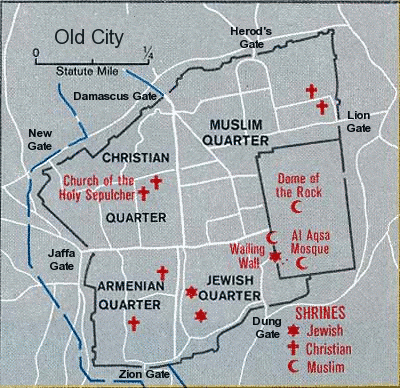
Map of Jerusalem showing the Old City’s quarters – showing the Christian, Jewish, Armenian [Christian], and Muslim territories.
By (WT-en) Jpatokal at English Wikivoyage
IMAGE LINKED: wikimedia Attribution 4.0 International (CC BY 4.0)
Each of the three principal revealed religions have prophetic tradition based on Jerusalem and its Temple. Various prophets and their interpreters have varying views on a programme for ‘the last times’.
- The AD 70 destruction of Jerusalem led to Judaism becoming portable (diaspora) and based on the Torah rather than the Temple.
- It also led to Christianity cutting its umbilical cord with Judaism.
- Other than during the medieval French Interregnum, from the 637 AD siege and occupation, Jerusalem was part of a caliphate until 1917.
With Prestonian authority it was suggested that, ‘300 years ago Freemasonry represented and expressed the political and religious views of a core group at its centre’.
This surely was the case and surely has remained so ever since; albeit, having adapted to survive.
Awareness of appertaining politics and religion would be key to understanding masonic Holy Land aspirations.
‘So far as the places of Christian pilgrimage in the Holy Land were concerned, it came down to who held which keys to the doors of the Church of the Nativity in Bethlehem and the Church of the Holy Sepulchre in Jerusalem.’
– Kevin Shillington, Charles Warren: Royal Engineer in the Age of Empire.
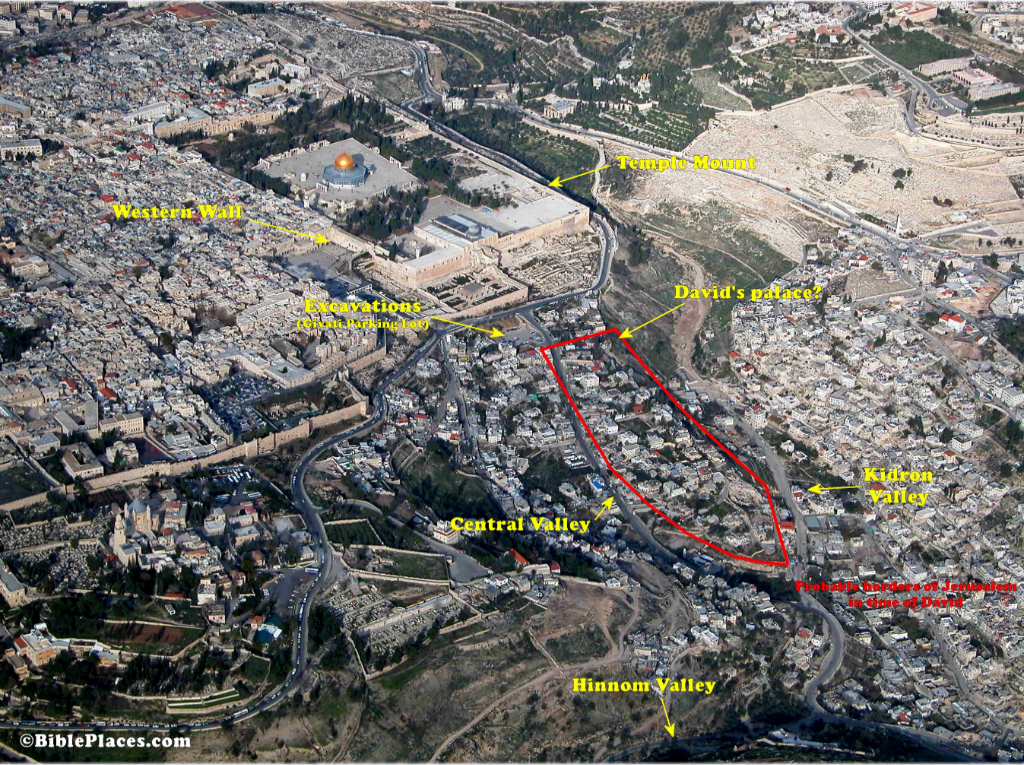
The Churches of The Nativity and Holy Sepulchre
IMAGE LINKED: © Bible Places.Com Attribution 4.0 International (CC BY 4.0)
The Churches of The Nativity and Holy Sepulchre may well be the priority of Freemasons who were/are Christians; however for most members of freemasonries, there is the allure of finding vestiges of King Solomon’s Temple (KST) and to identify masons’ marks on its stones. But was KST ever built; if so was it as per the biblical nomenclature; and, where might vestiges be found, under the Dome of the Rock, under the City of David or elsewhere?
This all must be considered within the milieu of post-Enlightenment and mid nineteenth century Biblical higher criticism in such terms as:-
(i) the nature of biblical inspiration;
(ii) how the books of the Bible were selected;
(iii) accuracy of translation; and,
(iv) historical accuracy.
Given an aurora of dubiety arising with the emergence of geology and evolutionary biology, some found it desirable/necessary for a scientific ‘confirmation’ of biblical content.
Seemingly, this brings into doubt the very concept of faith being ‘the evidence of things not seen’.
In relation to masonic Holy Land aspirations, the Bible and freemasonries will be considered further in Parts 2 – 4.
The High Degrees
Under threat of excommunication, the 1738 Encyclical, In eminenti apostolatus specula, forbade Roman Catholics to be Freemasons.
In 1751, Providas Romanorum was issued to support and confirm – as just and serious reasons require it’.
To be effective, encyclicals needed to be read in churches; if not read and for those not attending places where they were read, they were without direct effect.
Encyclicals notwithstanding, freemasonries had developed in Europe and given its novelty, perhaps more randomly than determined as evidenced by the unmanageable superfluity of ‘higher degrees’.

Portrait of Pope Pius VI, Giovanni Angelo Braschi (1717-1799)
IMAGE LINKED: wikimedia Attribution 4.0 International (CC BY 4.0)
In 1773, the predecessor of Pope Pius VI had ‘permanently and irrevocably’ (sic) suppressed the Jesuit order; in 1814 it was reinstated.
Perhaps during his pontificate 1775-99, the scholarly Pius VI had sub rosa uses for the Jesuit organisation.
Perhaps In eminenti had not been as effective as intended, especially in the Vatican’s back yard in what was to become, as facilitated with masonic leadership, the unified Italian Republic.
Did Pius VI employ a tactic of infiltration and assimilation to bring Freemasonry under Church control and if so, by what better route than through masonic Christian higher degrees?
Rose Croix had adopted some papal symbolism and under its vague auspices there is evidence that in 1788 Avignon, France, an Order of David and Jonathan and an Order of Jesus Christ were amalgamated.
Could this have been an attempt to assimilate Freemasonry into Church control?
By 1803, this amalgamation was an Order under Rose Croix administration in The Netherlands and to which, other Chapters including perhaps the Knights of Jerusalem and Beneficent Knights of the Holy City, had obligations.
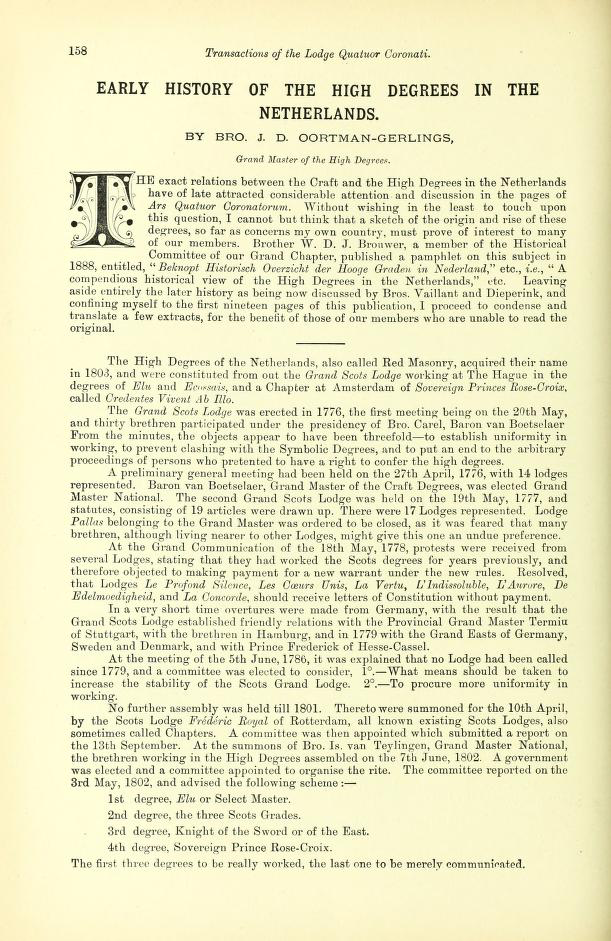
Chapters were to, ‘pay a contribution in order that sooner or later the said Order might acquire possession of the Holy Sepulchre at Jerusalem, the holy site of St Catherine on Mount Sinai [at the foot of Mount Horeb in the wilderness of Sinai] and other holy places in Palestine.’
[AQC Vol. 5.) See Part 3 of this series for a consideration of Quatuor Coronati’s founding Worshipful Master’s Jerusalem exploration.]
If acquiring possession of ‘holy places’ was Rose Croix policy:-
- By whom and by what process had the decision been taken?
- For what specific purposes were the contributions to be put?
- From whose possession would these sites have been acquired?
- By what means would possession have been acquired?
At this time, events in Europe, the Holy Land and freemasonries were prioritised in response to the French Revolution and the Napoleonic Wars. In 1799, Napoleon wished to ‘come to Jerusalem in person to plant the Tree of Liberty at the very spot where Christ suffered and that the first French soldier who fell in the attack would be buried in the Holy Sepulchre’.
What sort of statement was that?
He wrote to:
‘the nation of the Jews the rightful heirs of Palestine but deprived by conquest and tyranny …..to take Israel’s patrimony and remain there as ruler’.
But it was first necessary for the Port of Acre to be acquired and possessed by Napoleon.
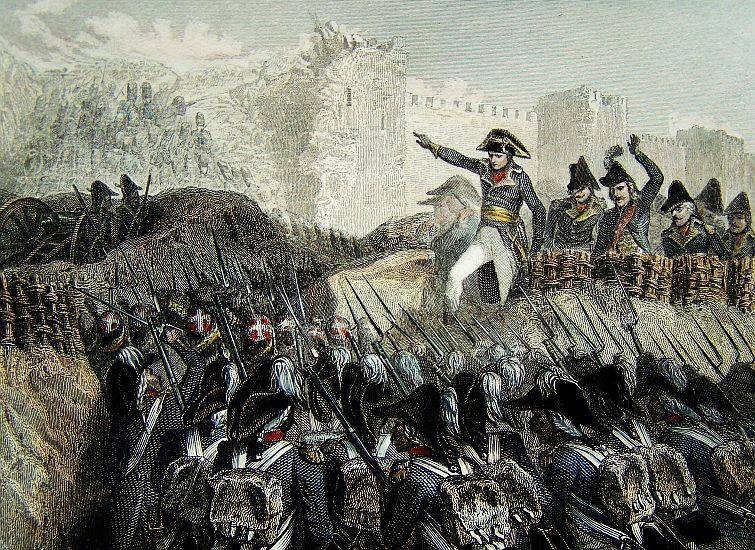
Napoleon leading the siege of the Port of Acre 1799 (Artist unknown – PD-ART)
IMAGE LINKED: wikimedia Attribution 4.0 International (CC BY 4.0)
Acre was defended by a multinational force of Muslim warriors led by Ahmet Jazzar Pasha, Ottoman Palestine’s warlord.
Battles and siege April – May 1799 failed and Napoleon retreated to Egypt.
Pasha had been assisted by the British Navy which had captured French warships and turned their siege artillery against the French besieging troops. Muslims and Christians united against Napoleon!
This British naval initiative had been led by the maverick, impulsive, self-appointed Commodore, Sir Sidney Smith; ‘the most brilliant of chevaliers’.
He was an enthusiastic Freemason; most incredibly and yet most appropriately, in 1838 he became Grand Master of all Knights Templar. (You couldn’t make it up!)

The Grand Vizier’s Tent. The principle figure is that of the Vizier, seen applying his seal to the firman which authorised the British to enter Jerusalem. (L to R) Sir Sidney Smith, Lieutenant Bower, Mr Spurring and Mr Spilsbury 1799, during the Defence of the Ottoman Empire against General Bonaparte
IMAGE LINKED: wellcome collection Attribution 4.0 International (CC BY 4.0)
Even Napoleon was unable to acquire possession of the Holy Land and the Holy Sites; yet masons, lodges, orders and jurisdictions still aspired to do so: for what purpose, whom or what were the driving forces?
In Part 2 there will be a consideration of a 1820s American Grand Lodge’s enquiries, ‘to discover whether any vestiges of ancient masonry can be discovered in Palestine and the countries adjoining.’
What might be the difference between ‘vestiges of ancient masonry’ and vestiges of ancient Judeo-Christianity?
Also, Part 2 will look at an American Freemason, albeit in arrears with subscriptions, and the extensive travelogue of his 1867 visit to the Holy Land which he described as ‘a record of a pleasure trip .… only a record of a picnic’.
Such modesty notwithstanding, for a hundred and fifty years it has remained a world best-selling travel book.
Article by: Gerald Reilly

Gerald Reilly was initiated in 1995 into St Osyth's Priory Lodge 2063. Essex. England (UGLE).
He was a founder member of Josh Heller's Allthingsmasonic, and with Josh co-wrote 'The Temple that Never Sleeps' (Cornerstone Books, 2006) he is committed to the development of e-Freemasonry.
Awarded the Norman B Spencer Prize, 2016.


Holy Blood, Holy Grail
By: Michael Baigent, Richard Leigh, Henry Lincoln
Is the traditional, accepted view of the life of Christ in some way incomplete?
• Is it possible Christ did not die on the cross?
• Is it possible Jesus was married, a father, and that his bloodline still exists?
• Is it possible that parchments found in the South of France a century ago reveal one of the best-kept secrets of Christendom?
• Is it possible that these parchments contain the very heart of the mystery of the Holy Grail?
According to the authors of this extraordinarily provocative, meticulously researched book, not only are these things possible — they are probably true! so revolutionary, so original, so convincing, that the most faithful Christians will be moved; here is the book that has sparked worldwide controversey.

CHARLES WARREN : Royal Engineer in the Age of Empire
By: Kevin Shillington
The life of Charles Warren Royal Engineer is a compelling story, full of action, conflict, triumph and disaster, with reputations gained and lost.
All set against the background of an expanding British Empire. It is a tale of secrecy, Freemasonry and pioneering archaeology as the young Lt Warren, still only in his twenties, tunnelled under the Holy City of Jerusalem in search of evidence of the Temple of Solomon and Herod the Great.
A man of high principle and dogged determination Warren thrived on a challenge: searching for lost British spies in the desert of the Exodus, or publically calling out the rapacious colonialism of Cecil Rhodes. Later, in different circumstances, he ordered the arrest of Winston Churchill. Although thrice knighted for his many achievements, Warren is most widely remembered as the controversial Metropolitan Police Commissioner who failed to catch Jack the Ripper .
In the end he faced the supreme challenge in the Anglo-Boer War, becoming the scapegoat for one of Britain’s greatest military disasters, the Battle of Spion Kop. In this new biography, the first for 80 years, historian and biographer Kevin Shillington delves into the records and presents a reassessment of Warren s reputation.
Book: by Gerald Reilly

The Temple That Never Sleeps
by Josh Heller and Gerald Reilly
Freemasons and E-Masonry Toward a New Paradigm
A revolutionary book for every Freemason.The two authors, American and UK Masons, present a radical view of Freemasonry for both today and tomorrow.
In addition to their ideas are those of numerous Internet Masons (E-Masons) from around the world who, by sharing the experience of their own Masonic journey, have provided stunning personal insight into the viability of the Craft in the Internet Age.
This book will challenge your understanding of Freemasonry today and how it might transform for future generations.
Recent Articles: by Gerald Reilly
 How can the allegory of the Tower of Babel teach us tolerance? Language can be a divide. Not confusion among languages but rather within language, a seriously unclear understanding of another’s world-view. We assume it is so different from our own and yet with clarity, a realisation there is more which unites than separates. |
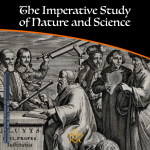 The Imperative Study of Nature and Science At some stage during Freemasonry's Second Degree, the candidate is advised that there is now permitted, something like, the extension of their research into the hidden mysteries of nature and science. Such is an excellent permission and one that each and every Freemason should pursue with awe and passion. |
 Pure Ancient Masonry; P4. A Companion in Rule, Building a better world P4. A Companion in Rule, Building a better world - The four parts of Pure Antient Masonry comprise the ‘body’ Masonic; they are the building blocks of the vital relevance, through enhanced citizenship, wherein the soul of Freemasonry abides. |
 Pure Ancient Masonry; P3. The Master, Building Better Character Part 3: The Master, Building Better Character - Being raised is a transition from knowledge to wisdom. |
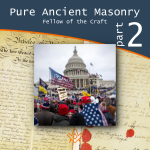 Pure Ancient Masonry; P2. A Fellow of the Craft Part 2: A Fellow of the Craft, Building Better Knowledge. Pure Antient Masonry consists of four parts. ‘Building the Temple’ is the fundamental Masonic allegory for building better people; this must be understood as a seamless whole: |
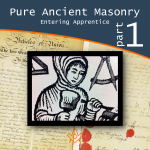 Pure Ancient Masonry; P1. An Entering Apprentice Part 1. An entering apprentice: Building Better Communities; Pure Antient Masonry consists of four parts. ‘Building the Temple’ is the fundamental Masonic allegory for building better people to build a better world |
 Pure Ancient Masonry; Intrduction This series will consider the defining characteristics, lessons and benefits of Three Degrees, the Order of the Royal Arch and when conjoined, Pure Ancient Masonry. |
 The Christianising of British Freemasonries - P4 This concluding article in the series considers the separation of British freemasonries from the Grand Orient of France (GOdF) and maintaining fraternity with the Prussian Grand Lodge of the Three Globes. |
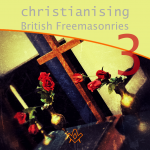 The Christianising of British Freemasonries - P3 Discover the battle for the 'soul' of Masonry. Part 3. French Perdition: ‘…for what fellowship hath righteousness with unrighteousness’? |
 The Royal Arch – ‘the fourth step in regular Freemasonry’ United Grand Lodge of England, has now designated the Royal Arch, the fourth step in regular Freemasonry, it therefore must be concluded that…publications…should now be revised, and based on attracting to the benefits of the four steps. |
 The Christianising of British Freemasonries - P2 How might the battle for the souls of Freemasonries be identified in a way that ensures thriving in the 21st Century? There is no guarantee of the immortality of the soul of Freemasonry! ‘We study the past in order to free ourselves from it.’ (Hariri) |
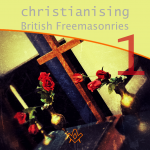 The Christianising of British Freemasonries - P1 This four-part series considers: 1. the separation of British Freemasonries from the Grand Orient of France (GOdF); and, 2. maintaining fraternity with the Prussian Grand Lodge of the Three Globes. |
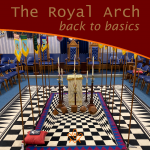 The Royal Arch - Back to Basics In the Royal Arch ceremony, the sojourners are buried with their tools in a vault. The sun, at its highest, provides enlightenment and the principal sojourner is returned to the former companions of his toil |
 The Holy Land and the Holy Sites P4 Fourth instalment of the four-part series, considers ‘masonic’ aspiration and activity regarding the Holy Land and The Holy Sites |
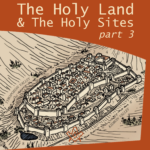 The Holy Land and The Holy Sites P3 Third instalment of the four-part series, considers ‘masonic’ aspiration and activity regarding the Holy Land and The Holy Sites |
 The Holy Land and The Holy Sites P2 The four-part series will consider ‘masonic’ aspiration and activity regarding the Holy Land and The Holy Sites |
 The Holy Land and The Holy Sites P1 In this four-part series, we will consider ‘masonic’ aspiration and activity regarding the Holy Land and The Holy Sites |
 Science and Citizenship: Towards a 21st Century Masonic Mindset. |
 Towards a 21st Century Masonic Mindset: Part 3 ‘Freemasonries’ and the Fourth Industrial Revolution |
 Towards a 21st Century Masonic Mindset: Part 2: ‘Freemasonries’ and Religiosity. |
 Towards a 21st Century Masonic Mindset: Part 1: ‘Freemasonries’ and Governance. |
masonic knowledge
to be a better citizen of the world
share the square with two brothers

click image to open email app on mobile device


